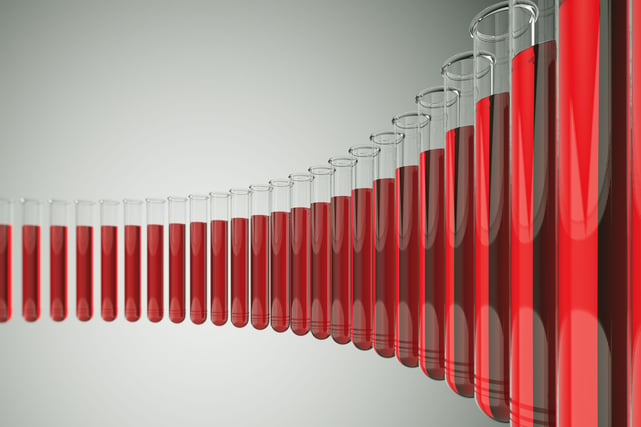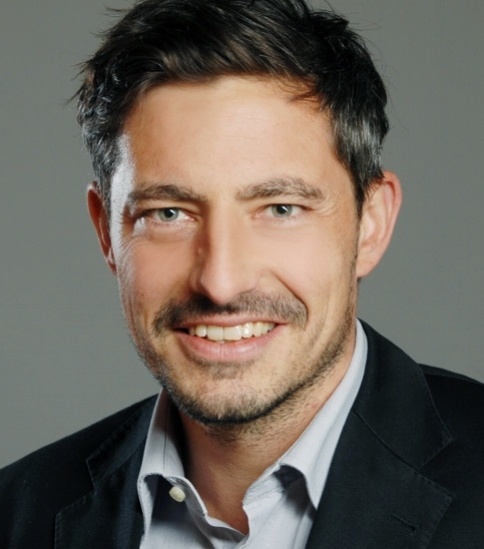By Christian Scherling
As the numbers of addicts and drug-related deaths continue to soar in the US and in Europe, forensic and diagnostic labs are looking for efficient methods to discriminate drugs of abuse that provide an easy workflow and are sufficiently sensitive to detect extremely low quantities of highly potent synthetic opioids in the urine of victims.

The need to screen for drugs of abuse is growing.
The monitoring of drugs of abuse in clinical laboratories has had to broaden from the usual suspects – cannabis and illegal opioids such as heroin – to address the burgeoning abuse of prescription opioid painkillers like OxyContin (oxycodone) and synthetic opioids like fentanyl and its analogues. In 2015, drug related deaths in the US exceeded 33,000. The gravity of the problem is clear when comparing this number to annual gun-related deaths (36,132) and fatalities from car crashes (35,092) [1].
Synthetic opioids like fentanyl are approximately 290 times more potent than morphine as measured in the rat tail withdrawal assay [2], and carfentanil has more than 9,000 times the potency of morphine. It is one of two agents that are certified for use for tranquilizing large animals, such as elephants and rhinoceros [3]. Carfentanil is available illegally on the dark web and is more profitable for dealers than heroin.
Drug screening is important not only for stemming the abuse of prescription opioids, but also in criminal investigations. The potency of synthetic opioids means that many abusers are unconscious, comatose or dead on arrival at the Emergency Room. One of the most important pieces of evidence is the confirmed presence of the drug itself in the tissues of the victim. This evidence is vital in a criminal investigation to link the victim to the cause of death and the source of the drug. The sensitivity of the usual methods of tissue analysis, GC, HPLC and ELISA is inadequate to detect the low but significant concentrations of fentanyl and its more powerful analogues. Consequently, a more sensitive and discriminating detection technology is called for: mass spectrometry (MS). MS has the right analytical power, but there are a few obstacles to overcome.
Implementing MS as a routine analysis tool of clinical and forensic samples has its issues. MS is expensive (instruments cost upwards of US$ 100,000), it is conventionally not an automated technology, and the sample matrix, urine, is complex and may contain unexpected contaminants which makes the spectrogram inconclusive.
The sheer volume of samples and the lack of automated sample prep methods made many labs ‘dilute-and-shoot’ the urine sample directly into the mass spectrometer. This has led to long and expensive instrument downtime, which labs have compensated for usually by buying more mass spectrometers, thus making the whole approach less viable.
The number of samples that demand analysis is steadily increasing, and the burden on a lab’s drug screening operation is already heavy. This is unlikely to change. Recent data from the state of Maryland indicate that drug overdose deaths were 62% higher in the first nine months of 2016 than a year earlier.
Automating the MS analysis workflow is now a key to success, especially when it comes to sample preparation prior to MS.
An automated MS workflow is both flexible and efficient. Workflows can be easily created to address both targeted opioid analyses as well as more exploratory studies, such as quantification of metabolites of the drug in response to therapy, or where there may be multiple unidentified illicit and medicinal drugs. A multiple extraction workflow can take less than 3 hours for 96 samples [4].
Automation for Screening and Quantification

Studies of traffic-related cases show that out of 1,335 forensic cases, 992 (74%) were found to be positive for one or more traffic-relevant drugs above the legal limit, including amphetamines, cocaine, and benzodiazepines [5]. This opens whole new possibilities to charge offenders with driving under the influence of drugs.
For drug screening, the value of the information lies squarely in the speed and certainty of the delivered answer. Automation is key to both.
[1] The Economist, May 13th 2017
[2] Wang L & Bernert JT. Analysis of 13 Fentanils, Including Sufentanil and Caffentanil, In Human Urine by Liquid Chromatography-Atmospheric-Pressure Ionization-Tandem Mass Spectrometry. Journal of Analytical Toxicology, Vol. 30, June 2006
[3] Mather LE. Clinical pharmacokinetics of fentanyl and its newer derivatives. Clin. Pharmacokinet. 8: 422-46 (1983).
[4] Bjork MK et al. Quantification of 31 illicit and medicinal drugs and metabolites in whole blood by fully automated solid-phase extraction and ultra-performance liquid chromatography-tandem mass spectrometry. Anal Bioanal Chem (2013) 405:2607–2617. DOI: 10.1007/s00216-012-6670-7
[5] Pedersen AJ et al. Screening for illicit and medicinal drugs in whole blood using fully automated SPE and UPLC-TOF-MS with data-independent acquisition
About the author

Christian Scherling
Christian Scherling holds a PhD involving metabolomic and proteomic studies, and postdoc positions in core facilities in metabolomics and systems biology. He has extensive experience in automated workflows, consulting with labs around Europe. At Tecan he focuses on automated sample preparation for mass spectrometry applications for Pharma, Clinical Diagnostics, Omics (Metabolomics, Proteomics, Lipidomics), Forensics & Toxicology.











